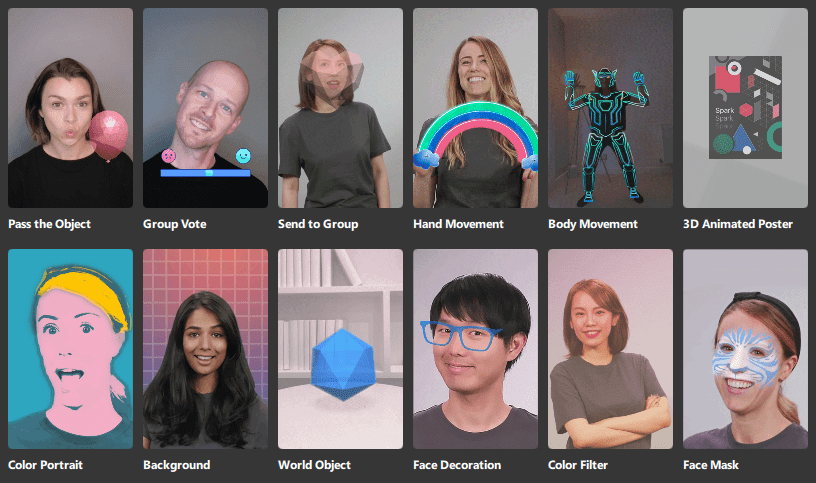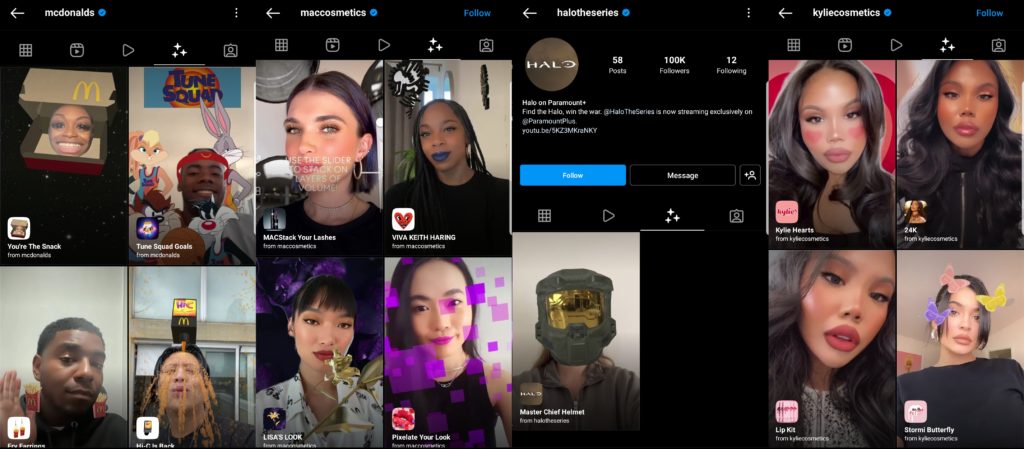Augmented Reality (AR) animation is a digital technology that enhances the user’s perception of reality by superimposing computer-generated animations, images, and sounds onto the user’s view of the real world. Users can interact with virtual objects as if they were real and create immersive and interactive experiences.
In the context of corporate videos, AR animation can be used to create interactive product demos, virtual trade shows, and other marketing materials that allow customers to engage with a brand in a unique and memorable way. By using AR animation, brands can create immersive and interactive experiences that will enable customers to see and interact with products in a way that is not possible with traditional animation or live-action video.
Smartphones, tablets, or smart glasses can access AR animation, and various industries like retail, gaming, real estate, and education can use it.
How Businesses can use it
Businesses can utilise Augmented Reality (AR) animated video productions in various ways to enhance customer engagement and promote their products or services. Some examples of how companies can use AR animation include:
Product Demos: Businesses can use AR animation to create interactive product demos that allow customers to see and interact with products in a way that is not possible with traditional animation or live-action video.
Businesses can use AR animation to create virtual trade shows that customers can access from anywhere and see and interact with products in a virtual environment.
Interactive Advertisements: Businesses can use AR animation to create interactive advertisements, such as billboards and flyers, that allow customers to access more information about a product or service by scanning a QR code or pointing their smartphone at the ad.
Virtual Try-On: Retail businesses like fashion, eyewear, and jewellery can use AR animation to allow customers to virtually try on different products and see how they look before purchasing.
Virtual tours: Real estate, tourism, and education businesses can utilise AR animation to create virtual tours that enable customers to explore properties, buildings, and landmarks in a virtual environment.
Gaming: Businesses can use AR animation to create interactive gaming experiences that allow customers to engage with a brand in a fun and memorable way.
Training and Simulation: Businesses can use AR animation to create interactive training and simulation experiences that allow employees to learn and practice new skills in a safe and realistic environment.
Benefits of AR Animation
Increased engagement: AR animation enables customers to interact with a brand and its products more easily, which can lead to higher engagement and ultimately, higher conversion rates.
Cost-effective: Compared to traditional animation, AR animation is relatively cost-effective, as it does not require expensive equipment or special software to create.
Versatility: AR animation can be utilised in a wide range of applications, including product demos, virtual trade shows, and interactive advertisements.
Increased accessibility: AR animation can be accessed through smartphones, tablets, or smart glasses, which makes it easy for customers to access and interact with the animation regardless of their location.

Ryan Spanger is the founder and managing director of Dream Engine, a Melbourne-based video production company established in 2002. With more than two decades of experience, Ryan has helped leading Australian businesses, government departments, and non-profits communicate their message with clarity and impact through video. He’s known for his strategic approach, reliable process, and commitment to producing videos that deliver measurable results.


